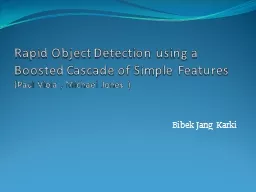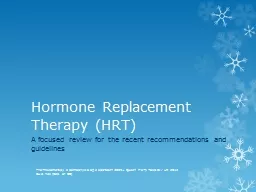PPT-A ortic F istulas Pathophysiologic Features,
Author : ximena | Published Date : 2022-06-07
Imagin g Findings and Diagnostic Pitfalls Aishwarya Gulati 1 Harit Kapoor 2 Achala Donuru 1 Kunal Gala 3 Maansi Parekh 1 Department of Radiology
Presentation Embed Code
Download Presentation
Download Presentation The PPT/PDF document "A ortic F istulas Pathophysiologic Feat..." is the property of its rightful owner. Permission is granted to download and print the materials on this website for personal, non-commercial use only, and to display it on your personal computer provided you do not modify the materials and that you retain all copyright notices contained in the materials. By downloading content from our website, you accept the terms of this agreement.
A ortic F istulas Pathophysiologic Features,: Transcript
Download Rules Of Document
"A ortic F istulas Pathophysiologic Features,"The content belongs to its owner. You may download and print it for personal use, without modification, and keep all copyright notices. By downloading, you agree to these terms.
Related Documents

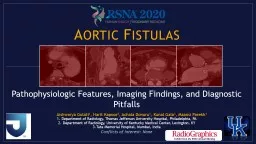
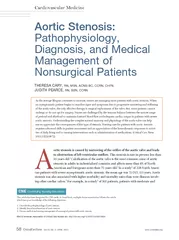
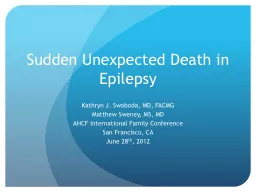
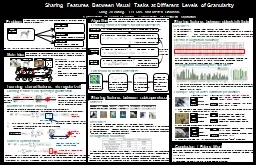

![SIFT features [3] were computed for 100 images (from](https://thumbs.docslides.com/416353/sift-features-3-were-computed-for-100-images-from.jpg)
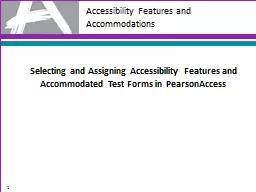
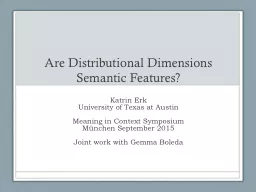
![SIFT features [3] were computed for 100 images (from](https://thumbs.docslides.com/562223/sift-features-3-were-computed-for-100-images-from-.jpg)


